Increased Focus on Patient-Centric Care
Increased focus on patient-centric care is emerging as a key driver in the Granulomatous Lobular Mastitis Treatment Market. Healthcare systems are increasingly prioritizing patient engagement and satisfaction, leading to the development of tailored treatment plans that consider individual patient needs. This approach not only enhances treatment adherence but also improves overall outcomes. As healthcare providers shift towards more personalized care models, the demand for innovative treatment options is expected to rise. Market analysts suggest that this trend could lead to a 7% increase in the adoption of new therapies, as patients seek treatments that align with their preferences and lifestyles.
Growing Research and Development Activities
Growing research and development activities in the field of granulomatous lobular mastitis are propelling the Granulomatous Lobular Mastitis Treatment Market. Pharmaceutical companies and research institutions are increasingly investing in studies aimed at understanding the underlying mechanisms of the disease. This focus on R&D is expected to lead to the discovery of novel therapeutic agents and treatment protocols. Recent data suggests that investment in R&D for rare diseases, including granulomatous lobular mastitis, has seen a significant uptick, with funding increasing by over 20% in the past year. Such investments are likely to yield new treatment options, thereby expanding the market and improving patient care.
Technological Advancements in Diagnostic Tools
Technological advancements in diagnostic tools are significantly influencing the Granulomatous Lobular Mastitis Treatment Market. Enhanced imaging techniques, such as high-resolution ultrasound and MRI, allow for more accurate diagnosis and assessment of the condition. These innovations facilitate early detection, which is crucial for effective treatment. The integration of artificial intelligence in diagnostic processes is also emerging, potentially improving the accuracy and speed of diagnosis. As diagnostic capabilities improve, healthcare professionals are better equipped to tailor treatment plans, thereby increasing patient outcomes. This trend is likely to contribute to a more robust market, as early diagnosis often correlates with a higher demand for treatment options.
Rising Demand for Minimally Invasive Procedures
The rising demand for minimally invasive procedures is shaping the Granulomatous Lobular Mastitis Treatment Market. Patients increasingly prefer treatments that offer reduced recovery times and lower risks of complications. Minimally invasive techniques, such as endoscopic procedures and targeted drug delivery systems, are gaining traction as they align with patient preferences for less invasive options. This shift is likely to drive market growth, as healthcare providers adapt to these demands by incorporating advanced technologies into their treatment protocols. The market for minimally invasive treatments is projected to grow at a rate of 6% annually, reflecting the changing landscape of patient care.
Increasing Incidence of Granulomatous Lobular Mastitis
The rising incidence of granulomatous lobular mastitis is a notable driver for the Granulomatous Lobular Mastitis Treatment Market. Recent studies indicate that the prevalence of this condition has been increasing, particularly among women of reproductive age. This trend is likely attributed to various factors, including hormonal changes and lifestyle modifications. As more cases are diagnosed, the demand for effective treatment options is expected to surge. The market is projected to witness a compound annual growth rate of approximately 5% over the next few years, driven by the need for innovative therapies and management strategies. Healthcare providers are increasingly focusing on developing targeted treatments, which may further stimulate market growth.



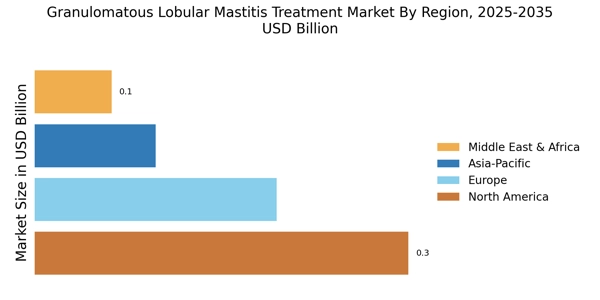
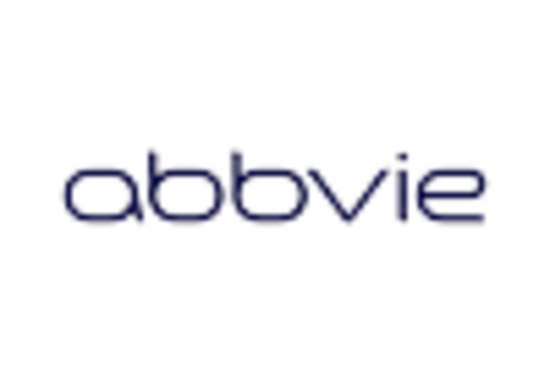

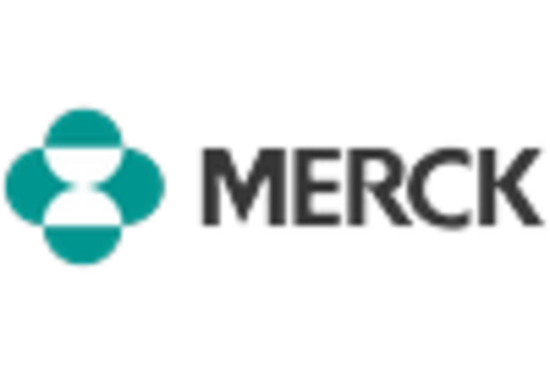

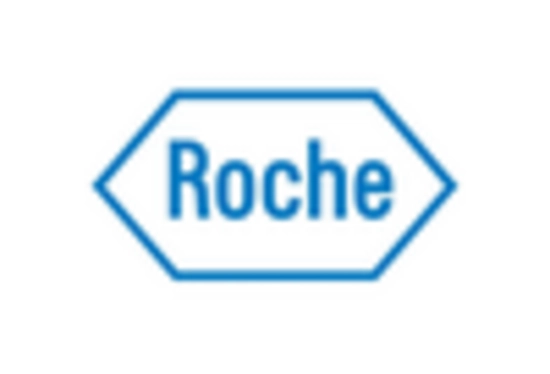
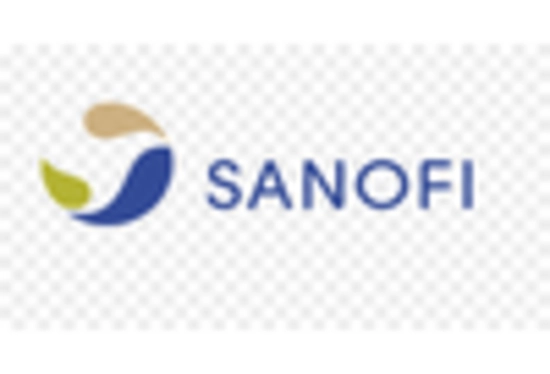








Leave a Comment